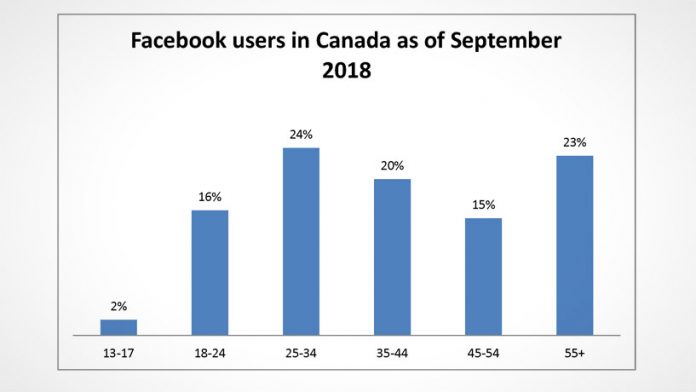
We’ve heard the names – baby boomers, Gen X and the Millennials – but what does it mean to us in the golf industry? Who are they and what are the key differences?
Mistake 1 – Thinking Millennials are “kids”
It is a very popular catchphrase: “We need to attract Millennials; Millennials need something new and exciting”. All without really even knowing who they are, or even how OLD they are.
Although there is no actual definitive on the start date – ranging from 1975 to 1980, to the end date around 1995 – gives Millennials an age range of 23 to 38-43! Making over half of these “trendy” Millennials over 30 and not these carefree 18-24 year olds that the media hype has us believe, which means not only are they a lot less “scary” but perfect for being regular visitors, or to become lifelong members, of your golf club.
Many good marketing agencies know this and actually split their campaigns into Gen Y.1 (24-28) and Gen Y.2 (29-38). Not only are the two groups culturally different, but they’re in vastly different phases of their financial life. The younger group is composed of financial fledglings, just flexing their buying power. The latter group has a credit history, may have their first mortgage and may be raising toddlers.
Golf clubs looking to market to this generation would be best to simply think of them as “under 30s” and “under 40s” and plan accordingly.
That being said, Millennials, without a shadow of a doubt, are ones that expect to be able to book online, share their experiences via social media, and are more willing to try out new (fun!) activities your club offers, or wishes to try out.
Mistake 2 – Ignoring Gen X
Gen X are currently in their late thirties to mid-fifties, and broadly speaking, this generation has more income, families with older children (another great source of income and growth for clubs), and are further along in their careers than the “trendy” Millennials.
They also value tradition, which suits many clubs right down to the ground. And Gen X members have the money for memberships, clubs and accessories, and they are more likely to value the social aspect (too old for dancing in night clubs now!) and all things being equal, their memberships could last another 30-40 years. Not a bad ROI…

With Gen X, you don’t have to reinvent the wheel or be trendy, or have “fun” spending a lot of money on a social campaign. It’s about making it easy for them to book, to see what’s on, to browse menus, events and take up offers. It’s all about communication and engagement and also helping them out on the course. This is why 67 per cent of CourseMate Club App downloads are from this demographic, making an investment in a good club app the perfect tool to market and engage with this key audience.
Food for thought: From their white paper “The Changing Face of Golf in Canada” by NGOCA, the average age of a golfer was 39 years old based upon semi private and public play, and the 2016 symposium of private golf clubs also stated that “average age for an Intermediate membership is currently 39 years old”. This is a generation not to be ignored!
Mistake 3 – Thinking baby boomers don’t use apps or social media
Statements from general managers insisting that their golf club members need to be dragged into the digital age and/or they don’t use technology is akin to saying those older members don’t have children or grandchildren. True for a small percentage but certainly not for the majority.
As you can see from the graphic from Statista, there are nearly as many over 55 year old Facebook users as there are 25-34 year olds, making Facebook a great tool to engage your current members, whilst being able to attract new members, or fill up quiet tee-times with paid advertising for the younger generations.

The over 55s, unsurprisingly, also have the highest rate of retention on their club’s app. If it is easy to use and makes their lives easier, statistics show that once adopted, the over 55s regularly use their club app 3-5 times a week and appreciate receiving club updates (without having to check their emails).
To summarize:
Every generation uses mobile technology and social media. Having a mobile responsive website is the very minimum a club should have. Plan your marketing and communication relevant to your attended audience and leverage accordingly.
For example:
· For club communication, mobile is the best option – from group chats and text notifications, to using your club’s app to send push notifications and keep members updated with events, promotions and news.
· For reaching new players, social media initially works best. Many clubs have had success with targeted Facebook advertising. Do not forget that you need to convert and retain these new players. Sending them a welcome email (and if you have one, a link to download your club app) before they arrive will make them feel welcome and know more about your club before they even set foot on your property.
Jenni Biggs is the co-founder of “CourseMate Golf Club” app. Along with her team, Jenni assists golf courses across Canada with communications and marketing programs to further engage their members and visitors alike. For more information please visit www.coursemateapp or email her at admin@coursemateapp.co.uk for a FREE consultation.











